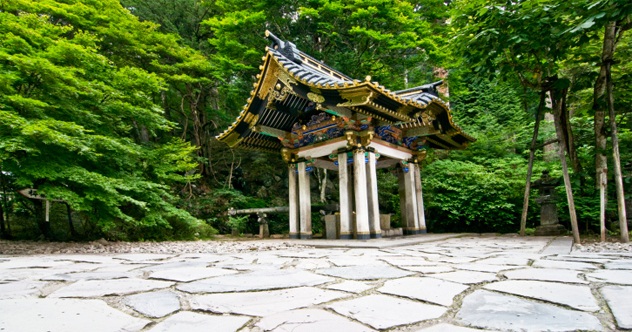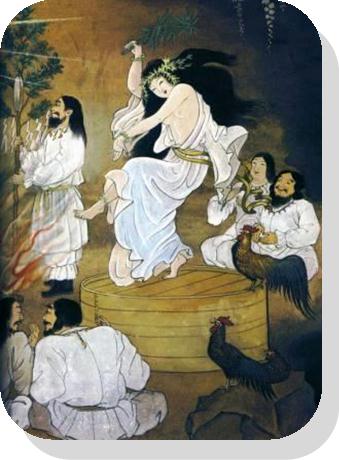

miko kagura, performed by the miko s, and derived from ritual dances in which the miko appeared possessed by the kami and spoke, sang and danced as a god.It is held in common sintoïst shrines generally danced by the miko s (young women serving the temple) accompanied by an instrumental ensemble hayashi composed by flutes, drum and cymbal From it originated two forms of theatre Nô and Kyōgen. It is often heard during festivals, when musicians accompany their songs on flutes and a variety of drums. Odori style features larger movements and is typically more energeticĪlso called village kagura, it is a popular form of kagura that presents ritualized dance-dramas reenacting mythological themes, including the primal restoration of sunlight to the world. The Odori style includes folk dances performed at annual Bon festival events and dances that were part of traditional kabuki performances. Noh Mai is a theatrical dance traced back to 13 th Century whereas Jinta Mai is refined dance coming from pleasure quarters in Osaka and Tokyo The Mai style is reserved and typified by circling movements where the body is kept low to the ground. The most basic classification is into two forms mai and odori There are several types of traditional Japanese dance. And of course, dance has an important role
KAMI SHINTO PORTABLE
Processions or parades take place during Shinto festivals During public processions, the kami travel in portable shrines. There are festivals for all seasons and related to harvest or plantations particularly rice Winter festivals, called fuyu no matsuri often feature on welcoming in the spring, expelling evil, and calling in good influences for the future In ancient Japanese collections, dance is described as asobi, which in the old Japanese language means a ceremony that is designed to appease the spirits of the departed, and which was conducted at funeral ceremonies.Īre public festivals and constitute a “ central act of Shinto worship” because Shinto is a “community- and family-based” religion. – Sato-kagura, descended from mikagura and performed at shrines.ĭepending on the style, it is performed by miko (young women, serving the or by actors wearing masks to portray various mythological figures.

– Imperial kagura, also known as mikagura performed at special places. Throughout Japanese history, this dance has played an important culture role and in Shinto it is regarded as having the capacity to pacify kami. Some of the oldest forms of traditional Japanese dance may be among those transmitted through the kagura tradition, or folk dances relating to food producing activities such as planting rice ( dengaku) and fishing, including rain dances]ĭescribes the music and dance performed for the kami. Includes a number of Japanese dance styles with a long history and prescribed method of performance. In Japan, there are around 80,000 public shrines some of which are classified as UNESCO World Heritage Sites. Religious syncretisation made kami worship and Buddhism functionally inseparable. After 300AC Buddhism entered Japan and in part influenced kami veneration. Makoto is regarded as a cardinal virtue in Japanese religion more broadly.īelief in kami can be traced to Japanese antiquity (5 th century BC). K annagara (“way of the kami”) describes the law of the natural order and certain ethical views, focused on sincerity ( makoto) and honesty ( tadashii). Shinto has no single creator or specific doctrinal text. Shinto does not emphasize specific moral codes although it places a major conceptual focus on ensuring purity, largely by cleaning practices such as ritual washing and bathing. Other common rituals include the kagura ritual dances, rites of passage, and seasonal festivals. This is done to cultivate harmony between humans and kami and to solicit the latter’s blessing. The latter are staffed by priests, known as kannushi, who oversee offerings of food and drink to the specific kami enshrined at that location. There is no hierarchy among kami who are worshiped at kamidana private or public shrines. There is no central authority in control of the movement and much diversity exists among practitioners. The word shinto means literally “the way of the gods”. The chinese equivalent of “kami” is “ SHIN”, and “ TO” means “way” in Sino-Japanese.

It revolves around the numerous kami(“gods” or “spirits”), supernatural entities believed to inhabit all things. Is considered as Japan’s indigenous religion and as a nature religion.


 0 kommentar(er)
0 kommentar(er)
